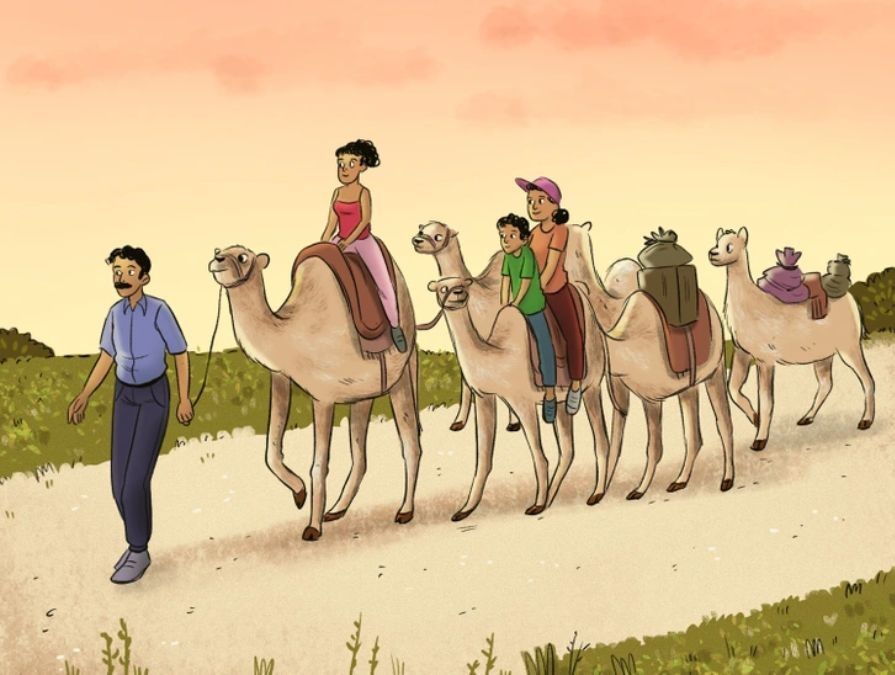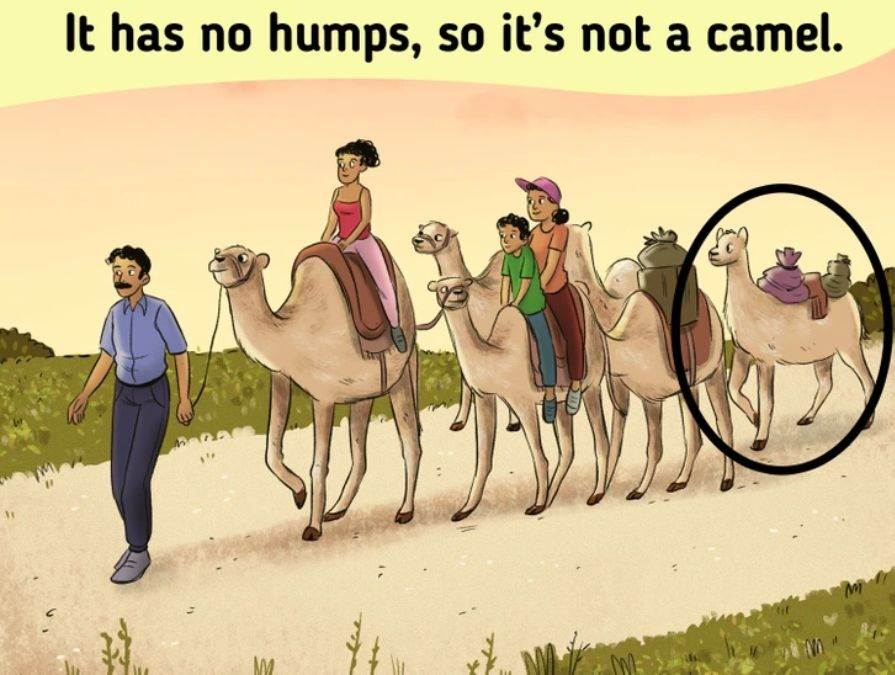Picture puzzles stimulate various parts of the brain, including the frontal lobes, particularly the prefrontal cortex, and areas involved in visual-spatial reasoning and memory. They engage both the left and right hemispheres of the brain, which in turn enhances cognitive functions.
The frontal lobe (prefrontal cortex) is crucial for decision-making, problem-solving, and cognitive control, all of which are heavily utilised when solving puzzles. The ventrolateral prefrontal cortex is specifically involved in focus and filtering distractions.
The left and right hemispheres work in tandem to carry out different functions. The left hemisphere responsible for logical and analytical activities, while the right hemisphere for creative pursuits. Both hemispheres are crucial for promoting cognitive flexibility and enhancing overall cognitive functions.
Puzzles also help to strengthen visual-spatial skills and memory. Both these skills are required in everyday life to put the pieces of visual information together and see the overall picture. Puzzles, especially those involving memory or pattern recognition, strengthen memory skills.
Puzzles are a great mood booster. The sense of accomplishment and anticipation associated with solving puzzles triggers the release of dopamine, a neurotransmitter associated with pleasure and reward, reinforcing the behaviour and potentially leading to a more confident personality.
Here is an image of people riding camels in a desert. But one of these animals isn't a camel. Can you spot it in 5 seconds? Scroll down to see what solving this picture puzzle says about your visual IQ.
Time to prove your visual IQ! Spot which of these animals isn't a camel in 5 seconds!

Image: Brightside
You must have tried your hand at crosswords, scavenger hunts, or sudoku.
But here is a mind-numbing picture puzzle that challenges your skill to see through visual trickery.
Here is an image of people riding camels. But wait.
There is one animal in this picture that isn't what it seems.
One of these animals isn't a camel.
This puzzle will test how fast your brain works under pressure.
Use your sharpest observation to notice subtle differences.
Are You Among The 2% People With Sharpest Observation? Spot The Hidden Letter In 5 Seconds!
Scrutinise the image closely. Pay attention to minute details that may be easily missed.
Analyse the picture and see which of these animals does not fit the description of a camel.
This group of identical-looking animals may have one with a slightly different feature.
Focus on subtle details that may be key to finding the odd one out.
If you can spot the odd animal, you possess sharp visual perception, cognitive speed, and attention to detail.
Answer revealed!
Did you figure out which of these animals isn't a camel? Look at the animal at the back. It has no humps, so it's not a camel. Scroll down to see the reveal.

Image: Brightside
You May Also Like...
Are You A Creative or Analytical? Your Heartline Can Reveal Your Hidden Personality Traits
Comments
All Comments (0)
Join the conversation